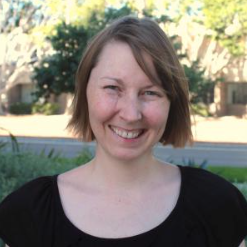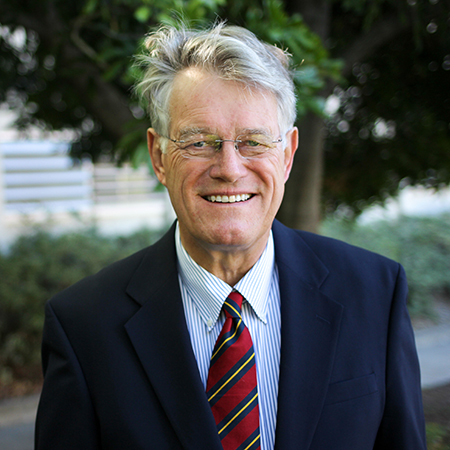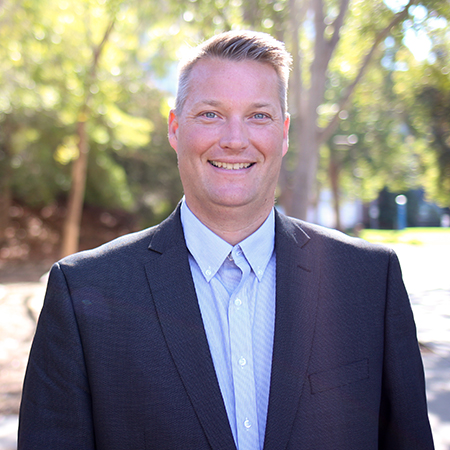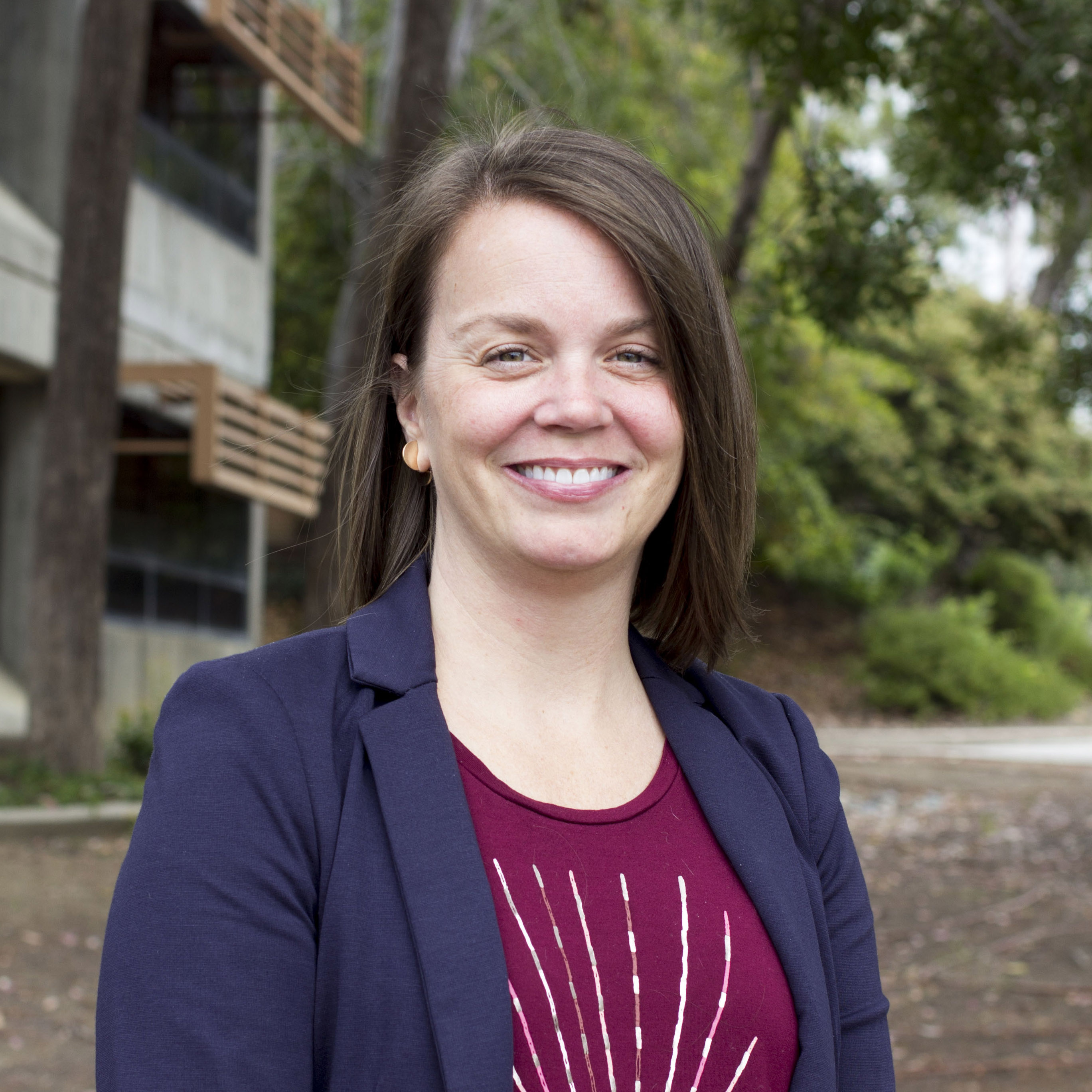Faculty Updates

Dr. Aubrie Adams began teaching in the Communication Studies Department in fall 2017. Since joining the faculty, she has presented research at the National Communication Association in Dallas and the International Communication Association in Prague. Adams also published two articles as a co-author in 2018 including “Communication Accommodation in Text Messages,” published by the Journal of Social Psychology, and “Reliable Deception Cues Training in an Interactive Video Game,” published by Computers in Human Behavior. During the spring of 2018, one of Adams’ Research Methods students, Emily Bernstein, won the McCall Best Undergraduate Paper Award at the 43rd CSU S4 Symposium for her collaborative study examining “The Effect of Filler Words on Professional Credibility and Communication Competence.”

Dr. Richard Besel begins his appointment as Communication Studies Department chair this quarter. He was previously director of the Science, Technology, and Society (STS) program for the last two years and looks forward to bringing his previous administrative experiences to bear in his new role.

Dr. Bethany Conway-Silva’s article “Exploring the Networks of News Production” was published in October with Journalism & Mass Communication Quarterly. The article explores how the use of news sources and source networks by print journalists relates to the frames that appear in election coverage. In the fall, Dr. Conway-Silva was awarded a Research, Scholarly, and Creative Activities grant from Cal Poly’s Office of Research and Economic Development to build on this research through exploration of networks in cable news coverage during the 2016 election.

Dr. Bernard Duffy entered the Faculty Early Retirement Program (FERP) in 2018. After over three decades at Cal Poly, and several more years in higher education elsewhere, Duffy will now work part-time as Professor Emeritus. He will continue to teach several of his favorite courses, including Classical Rhetorical Theory and American Political Rhetoric. His leadership as department chair for nine years during his time at Cal Poly has shaped the constitution of the department and will be remembered for years to come.

Dr. Lorraine Jackson is working with local health agencies on applied projects and research in health communication. She presented at the Tobacco Control Coalition meeting concerning the court ordered “Big Tobacco Apology Ads” that were released in 2017 after more than a decade of legal wrangling over the content and format of the messages. In the 11 years that elapsed between when the landmark judgment occurred and the subsequent release of the “corrective statement” ads, fundamental changes in the way youth consume media occurred. Her recent research project with Jenelle Merzon, a health education specialist at the Tobacco Control Program, is titled “Assessing the Big Tobacco Apology Ads: A Health Communication Perspective.” Jackson is also exploring trends and prevention strategies concerning vaping and electronic smoking devices among youth. Her research will be presented at the American Public Health Association (APHA) conference in San Diego. Additionally, she has been working with the communications coordinator for the County of San Luis Obispo Health Agency, Public Health Department, to enable students enrolled in her upper division Health Communication class to apply their knowledge about campaign planning to real problems in the community. Using community health assessment data, students gain experience planning health campaigns, and learning about implementing and evaluating their effectiveness. This Learn by Doing partnership enables students to apply communication knowledge for the benefit of public health.

Mr. Martin Mehl was invited by the CSU Chancellor’s office to present at the inaugural California State University (CSU) system-wide Tech Innovation, Education & Exchange Conference at California State Polytechnic University, Pomona, to identify and facilitate potential solutions for the CSU Graduation Initiative 2025. In 2018, he also spoke at the 20th CSU Symposium on University Teaching in Pomona and the Conference on Academic Research in Education (CARE), in Las Vegas, on “Mentorship and Digital Literacy.” Screencast-o-Matic featured his research and vision in their first special profile in 2018 available at https://screencast-o-matic.com/blog/professor-martin-mehl/

Dr. Leslie Nelson published two journal articles in the past year. The first, titled “Becoming a Transracial Family: Communicatively Negotiating Divergent Identities in Families Formed through Transracial Adoption,” was co-authored with Dr. Colleen Colaner and published in the Journal of Family Communication. This article examined how adoptive parents’ understandings of their child’s race and culture changed after adopting transracially and how adoptive parents navigated racial and cultural identity differences through talk. The second article, titled “Communicatively Constructing the Birth Parent Relationship in Open Adoptive Families: Naming, Connecting, and Relational Functioning” was co-authored with Dr. Haley Horstman, Colaner, Alyssa Bish, and Dr. Alexie Hays and published in the Journal of Family Communication. This study explored open adoptive parents’ construction of the birth family relationship through naming and connecting. Nelson intends to continue this important line of research through examining how communication may shape and reflect identity, sense-making, and well-being in diverse family forms.

Dr. Emily Ryalls published recently The Culture of Mean: Representing Bullies and Victims in Popular Culture (Peter Lang, 2018). In contrast to most bullying “experts,” Ryalls argues the cultural response to bullying is an overreaction that is actually counterproductive. The Culture of Mean offers a feminist critique of representations of youth bullying in journalism, television and film. Her analysis suggests the youth bullying moral panic is monolithic in its unnecessarily extreme reaction, which is damaging and ineffective. In being critical of the bullying discourse, Ryalls highlights the overly simplistic manner in which media culture has structured bullies and victims. Ryalls argues against the totalizing image of the always selfish, always cruel, and always evil bully, suggesting the myths perpetuated by media regarding bullying have led to a cultural milieu focused on the wrong issues (i.e., cyberbullying and bullycide) and is nearly fanatical about arresting “mean” kids. Ryalls highlights the illogical myths at the center of the bullying narrative (i.e., girls’ verbal communication is more damaging than boys’ physical violence) that seem to have taken hold to such an extent that they are largely unquestioned.
